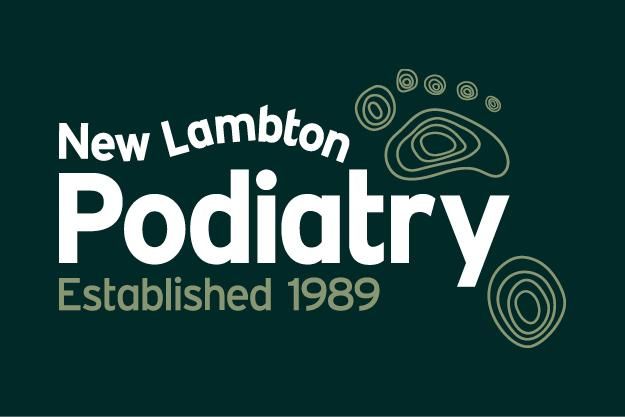WHAT IS SHOCKWAVE THERAPY?
Shockwave therapy is a treatment where a handheld probe is positioned over and moved around the base of the heel or arch of the foot, or the Achilles tendon at the back of the heel.
The probe delivers very high-energy acoustic sound waves that expand as they travel inside the foot. These sound waves stimulate tissue regeneration, increase blood flow to the affected area and break down scar tissue. The process accelerates healing.
This ultrasonic treatment is generally used alongside other treatments to provide a long-term solution for plantar fasciitis.
Extra-Corporeal Radial Shockwave Therapy
What is Extra-Corporeal Radial Shockwave Therapy?
Extra-Corporeal Radial Shockwave Therapy (ESWT) is a series of high-energy percussions applied to the affected area. The shockwave is a physical sound wave “shock,” not an electric one.
How does it work?
- Treatment produces an inflammatory response. The body responds by increasing metabolic activity around the site of pain. This stimulates and accelerates the healing process, promoting the remodelling of dysfunctional collagenous tissues such as tendinopathies, trigger points, muscle strains and more.
- Shockwaves break down scar tissue and calcification.
- Transmission of pain is diminished through neurological mechanisms by inhibiting nociceptors.
What are the benefits of Shockwave Treatment?
This therapy stimulates the body’s natural self-healing process. There is an immediate reduction of pain and improved range of motion. ESWT may also eliminate your need for surgery.
How long does the treatment last?
Approximately 2000 shocks are administered per treatment area, with the duration lasting about 5 minutes. Some patients or conditions may require more shocks and longer duration depending on severity and chronicity (how long the condition or injury has existed).
How many treatments will I need?
Normally, three to five treatments are necessary at weekly intervals. There is a small possibility that two or more additional treatments may be required if your condition is very chronic. If you do not respond within this time, your case will be reviewed with the doctor to determine an appropriate referral. Success rates with ESWT are high, with over 80 to 90 per cent improvement reported.
Does the treatment hurt?
It is a short treatment (usually five to twenty minutes) that may be uncomfortable. However, most people can easily tolerate it. If you cannot tolerate it, adjustments on the machine can reduce the pressure you feel.
Will it hurt after the treatment?
There may or may not be immediate pain, but some discomfort may be experienced 2 to 4 hours after the treatment. In some cases it can last up to 48 hours and in very rare cases the pain lasted up to five days. Some bruising and swelling can occur.
What should I do if I am in pain after the treatment?
The shockwave will trigger an inflammatory response, which is the body’s natural healing process. For this reason, do not use anti-inflammatory medications or ice. The pain should subside within 24 hours. Use Panadol if necessary, provided you have no issues with this medication.
What if it feels good after the treatment?
Even if it feels good, we recommend decreased activity for 48 hours following the treatment.
What is the success rate of this treatment?
A successful treatment is considered to be a patient experiencing at least 75 per cent reduction in pain within three months. Worldwide, success rates are around 80 to 90 per cent.
What if it doesn’t work for me?
Although the short-term effects are exceptional, the long-term benefits of this treatment may take up to three to four months. If after this time there has not been any marked improvement, you should see your doctor for further treatment options.

